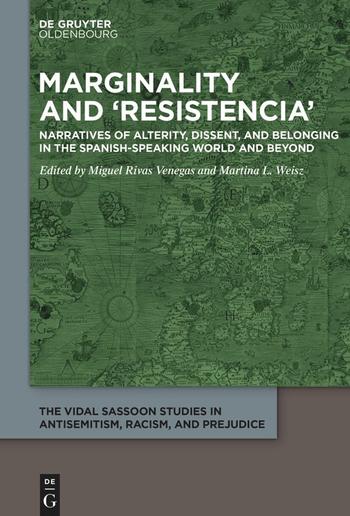Antebellum Racial Nostalgia, Wedding Culture, and US-American Fashion Journalism: Reading Kate Chopin's Fiction in 'Vogue'
Samira Spatzek – 2025
Samira Spatzek's chapter investigating nineteenth-century wedding culture in the US, focuses on Vogue's inclination to stage old, deep South imagery, familiar prewar clichés, and racist stereotypes. Chopin's short story "La Belle Zoraïde" allows the author to grasp the analysis of racial nostalgia characteristic of some milieux of American society in the late 19th century. Spatzek's investigation effectively transcends the previous, relatively limited studies on Chopin's narrative, surpassing preceding conventional readings of this short story as a mere literary manifestation of the archetype of the "tragic mulatta". Her proposal focuses throws into relief on the complex antebellum ideological scaffolding that emerges and lurks behind Chopin's prose, a literary artefact which consolidated and reproduced the inner logics of the US antebellum period in the aftermath of the American Civil War. In doing so, Spatzek's exploration simultaneously offers a deeper interpretation of this nostalgia – cultural, political, ideological – understanding it not only as a way of depicting a sublimated past of dominion, as a powerful teleologically-oriented force that strives to shape present and future along humanistic lines.
How to cite:
Samira Spatzek. "Antebellum Racial Nostalgia, Wedding Culture, and US-American Fashion Journalism: Reading Kate Chopin's Fiction in Vogue." In Marginality and 'Resistencia': Narratives of Alterity, Dissent, and Belonging in the Spanish-speaking World and Beyond, edited by Miguel Rivas Venegas and Martina L. Weisz, 123–44. The Vidal Sassoon Studies in Antisemitism, Racism, and Prejudice 5. Berlin/Boston: De Gruyter Oldenbourg 2025. https://doi.org/10.1515/9783111244037-007.
